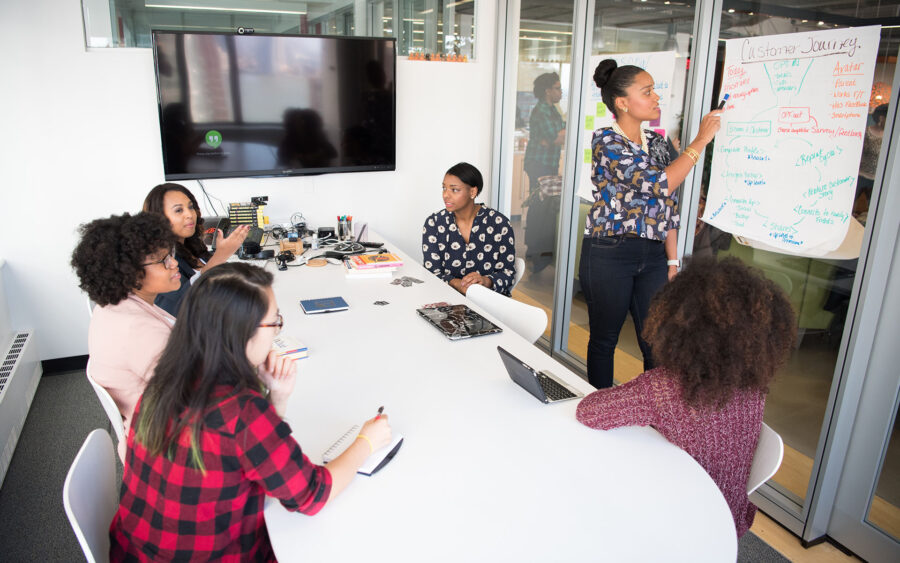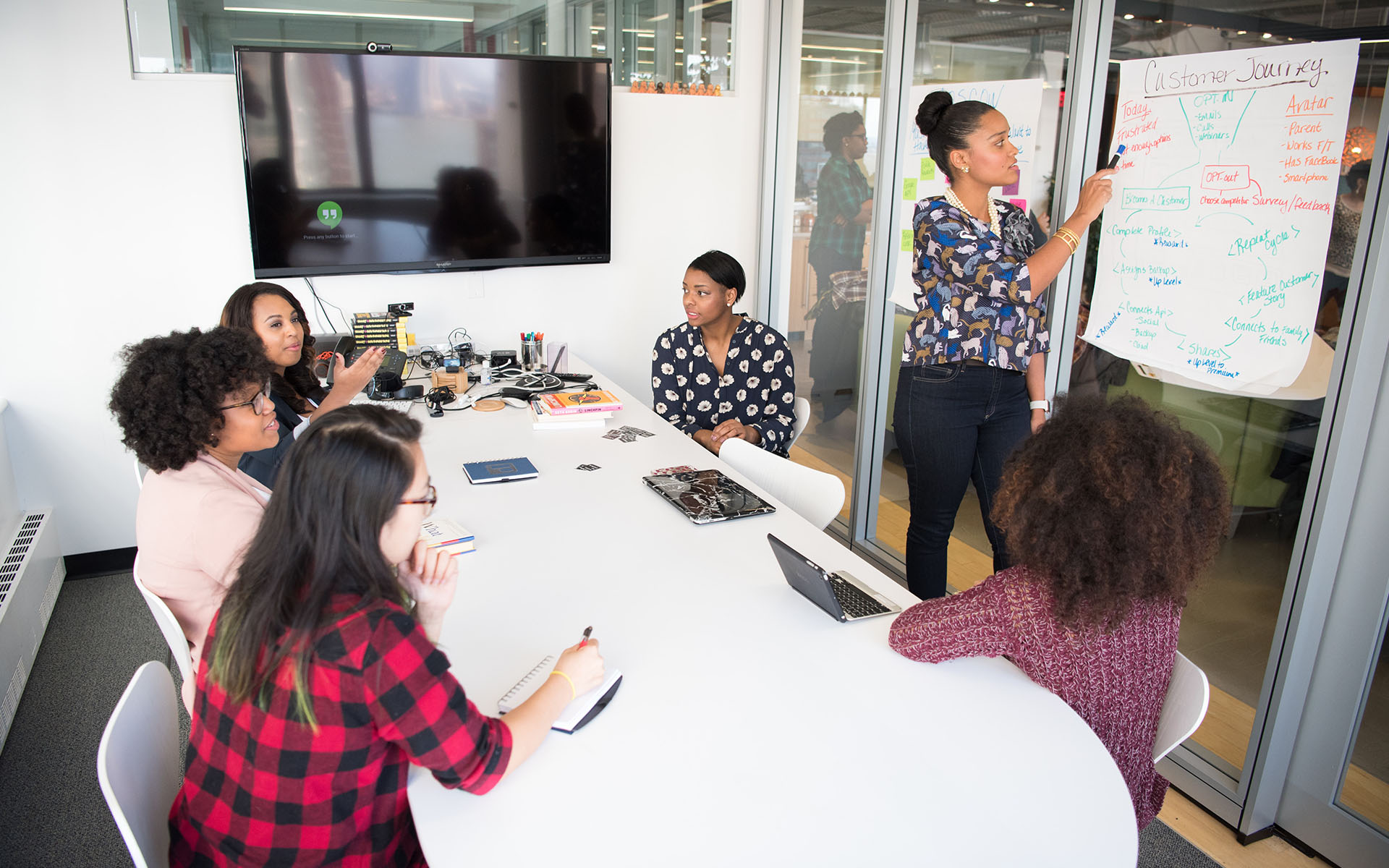
Done properly, brainstorming is an incredibly effective tool for problem-solving, generating fresh perspectives and driving innovation. But it’s important to have a few ground rules when swapping ideas to ensure success. Before you plan your next brainstorming session, run down this checklist to help set the stage.
Brainstorming Best Practices
The goal of brainstorming is to generate ideas, not reach a final solution. You want to get as many ideas on the table as possible, shooting for quantity over quality. In honor of National Swap Ideas Day, here are some tips to unlock your team’s creativity while swapping ideas:
- Consider group size. Brainstorming with 20 people can be intimidating, overwhelming and make it hard for everyone to participate. But a small group of three may lack the energy to gain momentum. Groups of five or six people tend to hit the sweet spot.
- Strive for diversity. Sometimes the best ideas come from participants who are less entrenched in the subject matter as they can bring a fresh perspective, so think beyond a project’s core team when assembling your group. Diversity in terms of roles, backgrounds, ages and opinions will lead to a wider range of ideas.
- Withhold judgment. People who are told their ideas are bad will shut down and stop participating. Plus, every idea has the potential to trigger others. Remember, you’re shooting for quantity; evaluating the ideas is a separate task.
- Go crazy. While you want to keep the team on subject, allow latitude for zany ideas. Brainstorming is supposed to be light, fun and energetic, which means seeing where the crazy ideas lead.
- Engage everyone. Ideally, you want everyone to participate, but don’t put people on the spot. Ask questions to engage the more reticent and remind them that even half-baked suggestions are valuable. Have someone write down all the ideas on a board so everyone’s input is equally valued, and participants can springboard off each other’s thoughts.
- Keep it short. Most brainstorming sessions have a natural arc. After a brief overview of the topic, ideas will start to trickle in. Once the group warms up, the momentum will increase and build. This can last from 10–15 minutes. When the stream returns to a trickle, it’s time to wrap up.
A successful brainstorming session can lead to innovation and take you in new and exciting directions. While the guidelines we provided may make it seem simple, in real life, brainstorming can be derailed by many factors, from egos to communication styles. If you need help developing your team, we can help with one-on-one coaching or customized team training.

